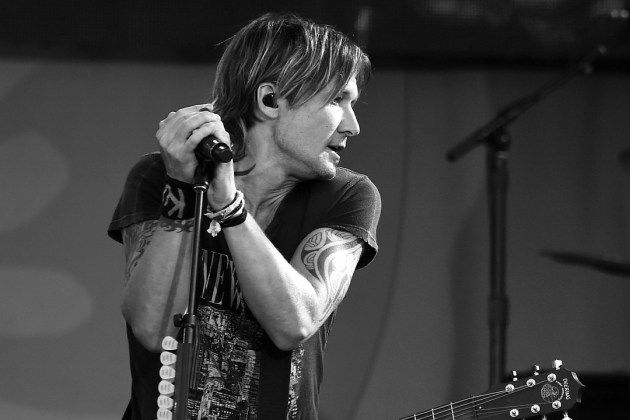
A Tender Plea to a Woman Trapped in a Loveless Relationship.
Released in 2016 as the fourth single from his album, Ripcord, Blue Ain’t Your Color quickly resonated with audiences, climbing to the top of the Billboard Country Airplay chart, becoming Urban’s 18th number-one single on that chart and also reaching number one on the Hot Country Songs chart. This achievement solidified its place as a modern country classic, a testament to its timeless appeal. The song’s success wasn’t limited to the charts; it also garnered significant critical acclaim, earning nominations for prestigious awards such as the Country Music Association (CMA) Award for Single of the Year and Song of the Year. It even won the CMT Music Award for Male Video of the Year.
The song, penned by Steven Lee Olsen, Hillary Lindsey, and Clint Lagerberg, tells a story of quiet observation and heartfelt concern. It paints a vivid picture of a woman trapped in a relationship that drains her of her vibrancy. The narrator, presumably a friend or admirer, watches as she dims her light, her spirit clouded by the unhappiness of her current situation. He sees the sadness in her eyes, a sadness that doesn’t belong there, a sadness that contrasts sharply with the vibrant person he knows she truly is.
The beauty of Blue Ain’t Your Color lies in its gentle approach. It’s not a forceful declaration of love or a dramatic intervention. Instead, it’s a tender plea, a soft whisper of encouragement. The narrator doesn’t criticize her choice or impose his own feelings. He simply offers a perspective, a reminder that she deserves better. He observes, “Looks good on that neon, but darling, it don’t match your eyes.” This line, simple yet profound, encapsulates the song’s core message. The neon lights of the bar, a symbol of fleeting distractions and superficiality, cannot mask the genuine sadness that permeates her gaze. It suggests a life lived on the surface, a life that doesn’t reflect the depth and beauty within her.
The phrase “blue ain’t your color” is more than just a catchy hook. It’s a metaphor for the emotional state she’s in. Blue, often associated with sadness and melancholy, is juxtaposed with the vibrant colors she should be radiating. The narrator is essentially saying, “This sadness doesn’t suit you. It’s not who you are.” He sees her true colors, the colors of joy, passion, and vitality, and he longs to see them shine again. The song’s melody, with its smooth, almost jazzy undertones, perfectly complements the lyrics’ gentle sentiment. Urban’s vocals are filled with empathy and understanding, conveying a sense of genuine care for the woman in the story.
For many listeners, especially those who have experienced the pain of watching a loved one struggle in a difficult relationship, Blue Ain’t Your Color strikes a deeply personal chord. It’s a reminder that sometimes, all it takes is a gentle nudge, a kind word, to help someone see their own worth. The song doesn’t offer easy solutions, but it provides comfort and validation, acknowledging the complexity of human relationships while offering a glimmer of hope. It’s a song about empathy, about seeing beyond the surface and recognizing the unspoken emotions that lie beneath. It’s a timeless message, delivered with grace and sincerity, making Blue Ain’t Your Color a truly unforgettable piece of music. It brings back memories of simpler times, perhaps a quiet evening drive, the radio playing softly, a moment of reflection on life and love. It resonates with the wisdom that comes with age, the understanding that true beauty lies not in fleeting trends but in the enduring strength of the human spirit.